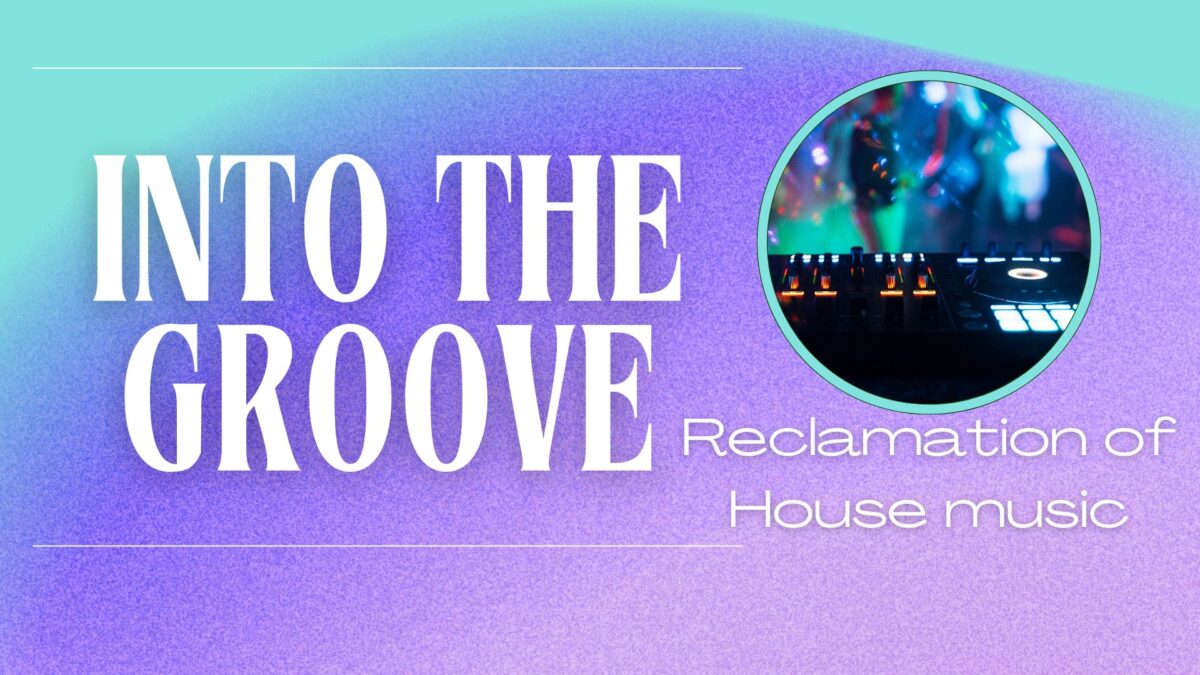House music and dance music, in general, possess an exciting history of counterculture and commodification, which is being mirrored today in its current trajectory.
The origins of house music developed in the undergrounds of New York City and Chicago. After the waning popularity of Disco, house music was heralded by Black and gay communities.
Since 2015, house music has once again been carried by Black and gay artists, which became evident with Beyoncé’s 2022 release, “RENAISSANCE.” A complete understanding of house music’s return to its roots requires more information about its history and the EDM bubble of the earlier 2010s that was mentioned in the last column.
RELATED: Into the Groove: Revisiting 2015, the best year of music in the last decade
“People started to ask for their voices to be heard, the women’s movement, the gay movement, the Black Power movement, all of these things cross-pollinated each other, and we became comrades, and it played itself out in nightclubs,” Grammy award-winning producer Nile Rodgers said in the 2018 documentary “I Was There When House Music Took Over the World.”
Death of disco
In the 1970s, record stores would label 45” singles with nothing but the words “Disco Single,” and they would fly off the shelves before anyone sampled the song. Eventually, music labels learned they could mark any trash record with the disco label and profit.
In addition, radio stations were pushed to move from a rock format to favor more disco, which led to Black and gay records showing up on the doorsteps of radio stations around the world, angering many, according to the documentary.
The influx of awful disco and pushback from industry leaders quickly created an “us vs. them” mentality, and “Disco Sucks” T-shirts were in short supply instead of the records that used to be a hot commodity. As a result, dance music was pushed even deeper underground.
Forged in the fires of warehouse clubs in New York City and Chicago, birthed the next evolution of dance tunes: house music.
To gain perspective on the early days of house music, listen to some originators like Larry Levan and Frankie Knuckles.
Stop the drops
From the years of 2010 to 2015, dance music exploded into the mainstream, and the term Electronic Dance Music became an all-encompassing term for its many subgenres that arrived.
Artists and groups that spent the 2000s in the rave underground, like Swedish House Mafia, David Guetta and Skrillex, saw their club audiences explode to headlining sets at the world’s largest festivals in just a few years.
The EDM build-up and drop formula rolled its way across popular genres. Taylor Swift’s first real venture into pop with the album “Red,” spawned the hit “I Knew You Were Trouble,” which featured a Skrillex-related drop. Furthermore, the DJ and singer collabs produced hits like Rihanna and Calvin Harris’ “We Found Love” and Hayley Williams and Zedd’s “Stay The Night.”
The results brought raves from dusty warehouses and bizarre venues to the Coachella mainstage. The effects of greedy capitalism, the rush to monetize the sound and the emergence of platforms like SoundCloud fashioned a plethora of poorly managed festivals and one-off artists.
The bubble grew and grew, ghost producers filled their bank accounts, and finally, it burst. Frat boys ditched dubstep from their workout playlists for Sheck Wes, and only the top DJs could remain successful. Once again, house music was pushed underground.
Modern-day renaissance
The bubble burst era is not all bad. Raves in 2012 and raves today still possess a sense of heart and community, an environment that welcomes all. Other minority groups, like Asian Americans, have found solace in the EDM community.
The build-up to “RENAISSANCE” was fueled by Black and gay artists like Kaytranada, Jayda G, Channel Tres, Tyla and many more. Like humans, music of all genres finds its soul and identity when its back is against the wall and there aren’t many options available.
“RENAISSANCE” may not push house music into a new bubble, but instead, it solidifies its return home. A home full of positivity, love and acceptance.



































































































































